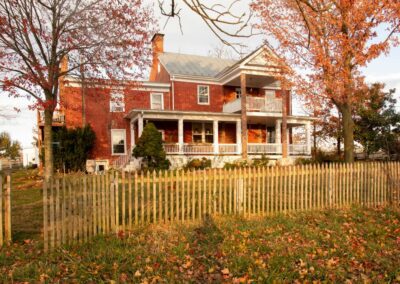It’s been awhile since we’ve written about Aging-In-Place, but as promised, we bring Part 2 to this series focusing on aesthetic misconceptions about this type of design. (Read Part 1 here). As a reminder, you can hear more about Aging-In-Place Design on the on the WSVA Early Mornings podcast where Charles recently joined Beth Bland of Valley Program for Aging Services (VPAS) to talk about Aging in Place.
In the podcast, Beth addresses the common belief that Aging-In-Place modifications/aging friendly design can’t be beautiful or aesthetically pleasing. Unfortunately, this is a common misconception that prevents people from adding these modifications to their homes. We want to break that stereotype. You can make a beautiful house that is also accessible to people with a wide variety of abilities.
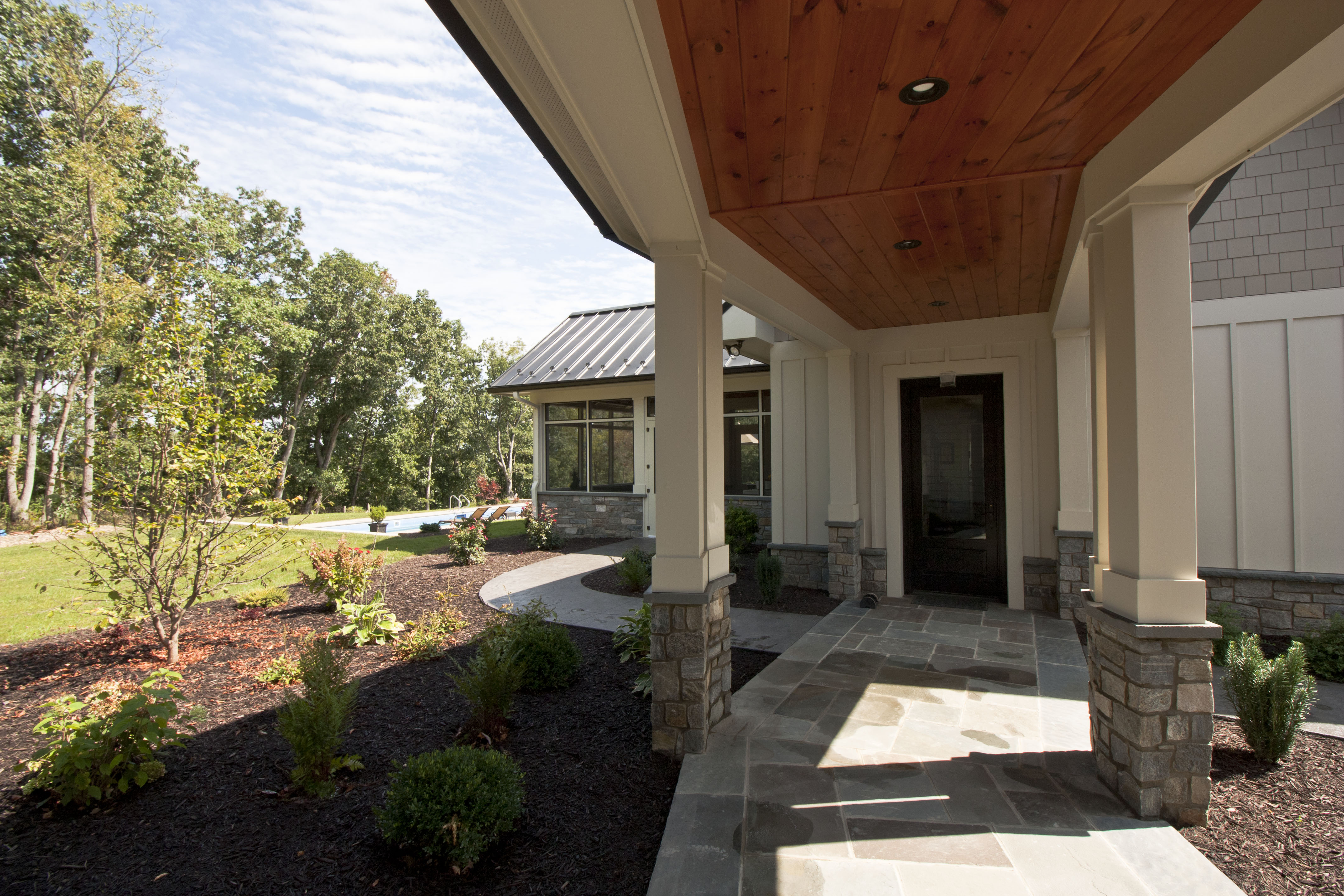
Often ADA design and Aging in Place modifications overlap, but Aging in Place is centered around customizing spaces for you and your abilities. It expands beyond simply meeting the bare minimum requirements of basic building codes to creating something unique and beautiful for your day to day life. This sort of design can be added to your existing home or built into a new one.
Not only is Aging in Place customized around each individual’s physical design needs, but the entire process can be customized around your needs and might include financial, location, and relational considerations.
Beth asks, What things can you do to make aging-in-place modifications in a home look pretty?
Many designs are becoming popular that also happen to be aging friendly. In showers, you can take a tub out and put in a roll-in shower. In the interview, Charles says that he now puts no-step showers into most new houses because “they’re just gorgeous… people love them.” Example pictures below.
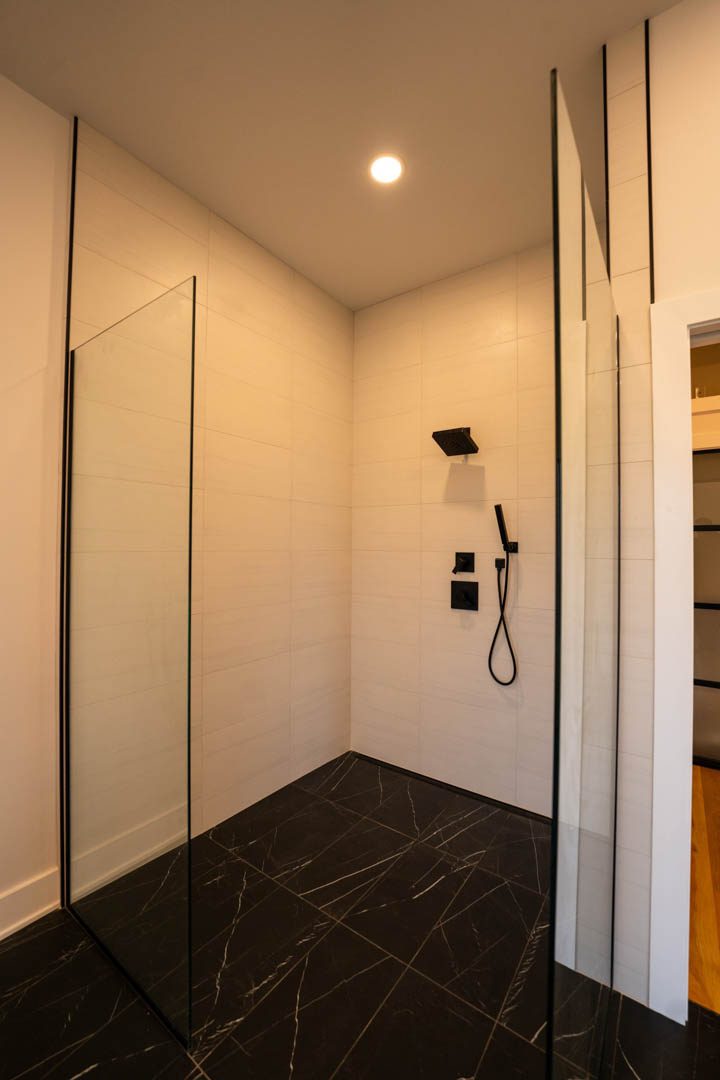
A roll-in shower from #HilltopHouse.
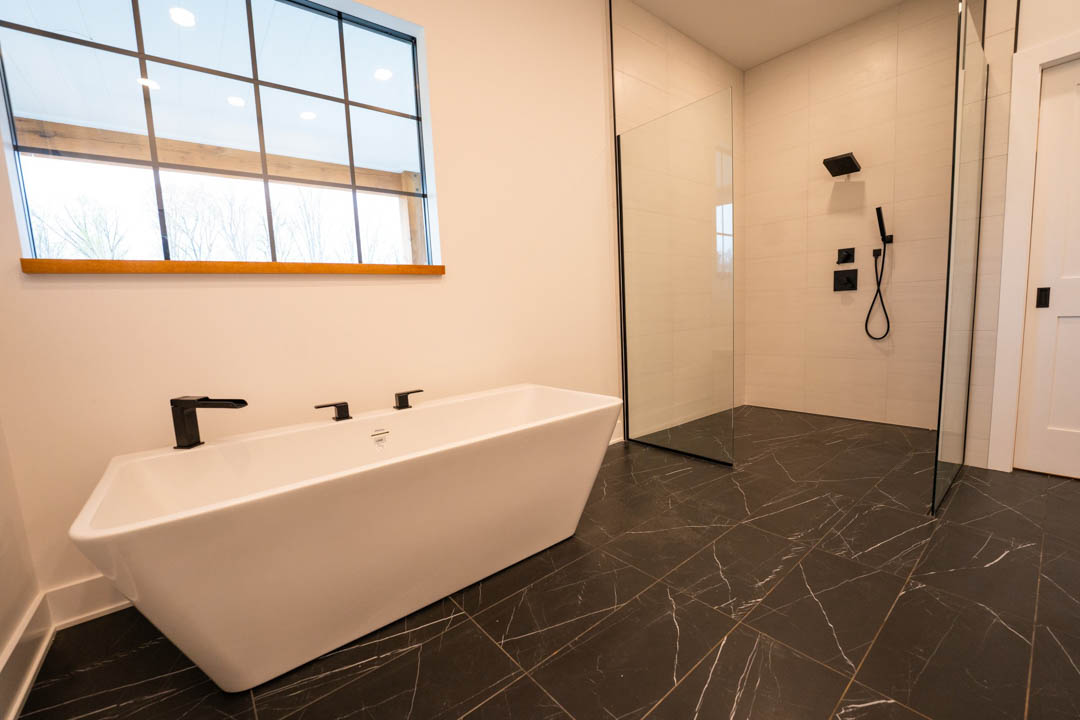
Bathrooms
Bathrooms are particularly important for modifications because water and soap can lead to slip and fall related accidents. For those with balance and mobility challenges, a towel bar that functions also as a grab bar can be installed. (One example here). Sinks can have open space beneath them to allow wheelchairs to slide underneath and give more access to the faucet. A curved front of a sink not only makes a sink more accessible for wheelchairs but gives easier reach for everyone because the sink follows the natural curve of our bodies.
This Modern Home has a beautiful sitting area in their restroom at the vanity (right).
View this custom home portfolio here.
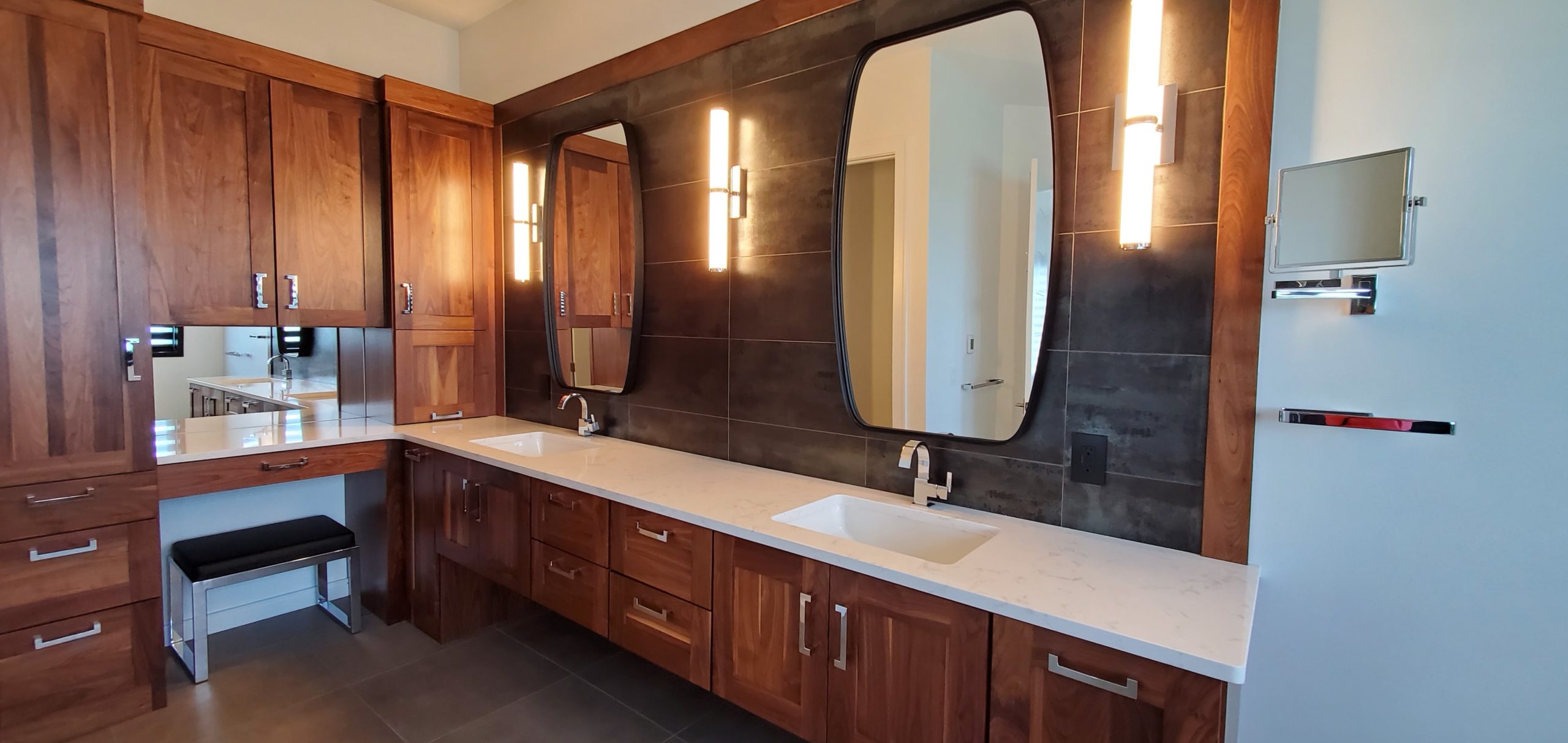
Detached Garages
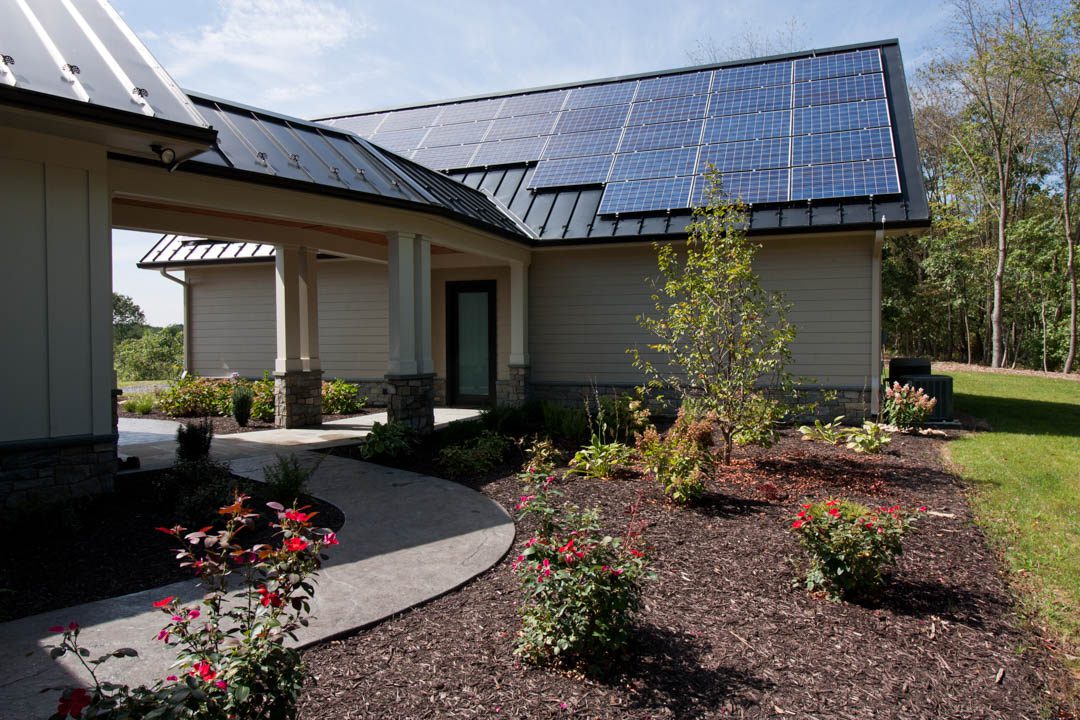
Kitchens
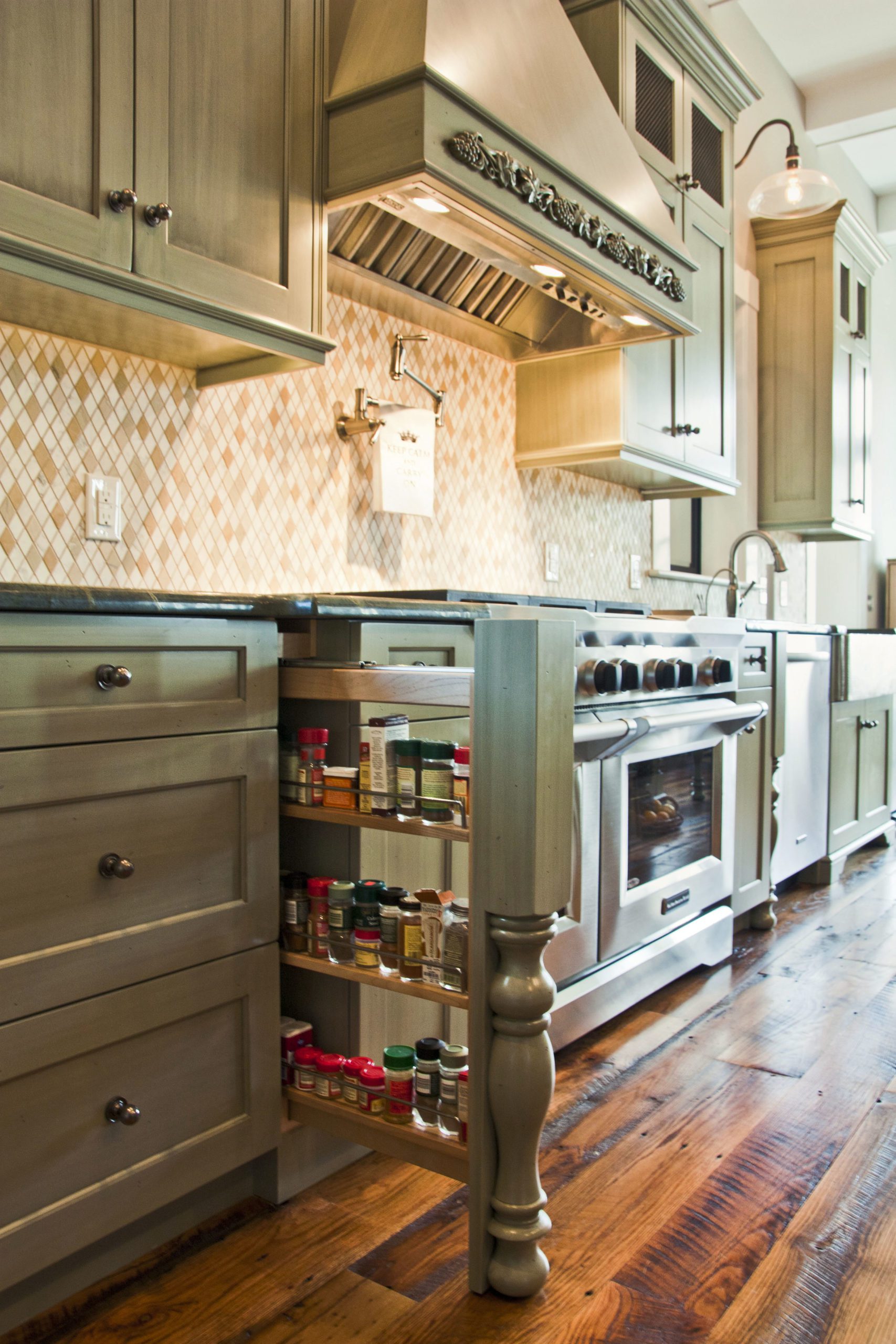
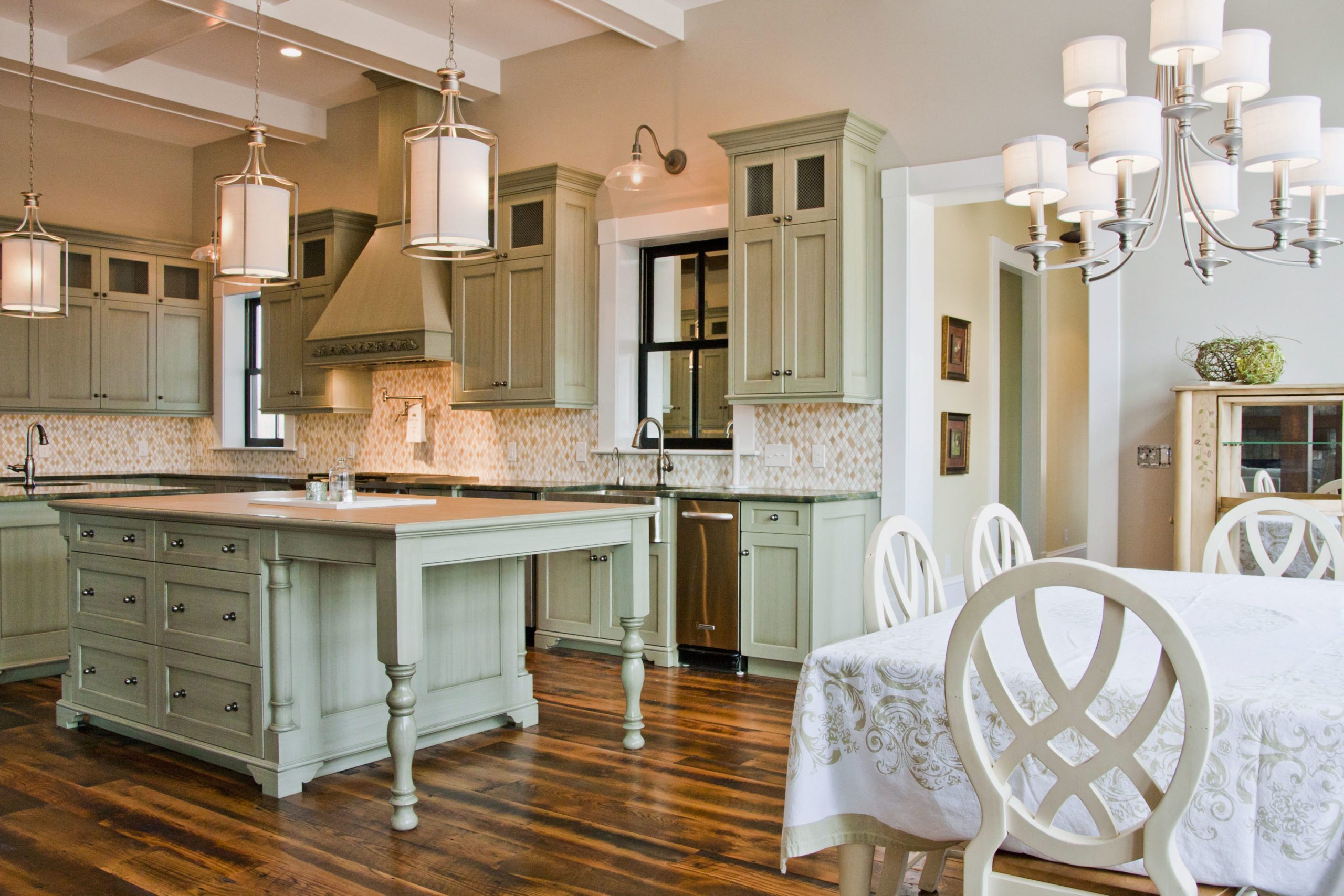
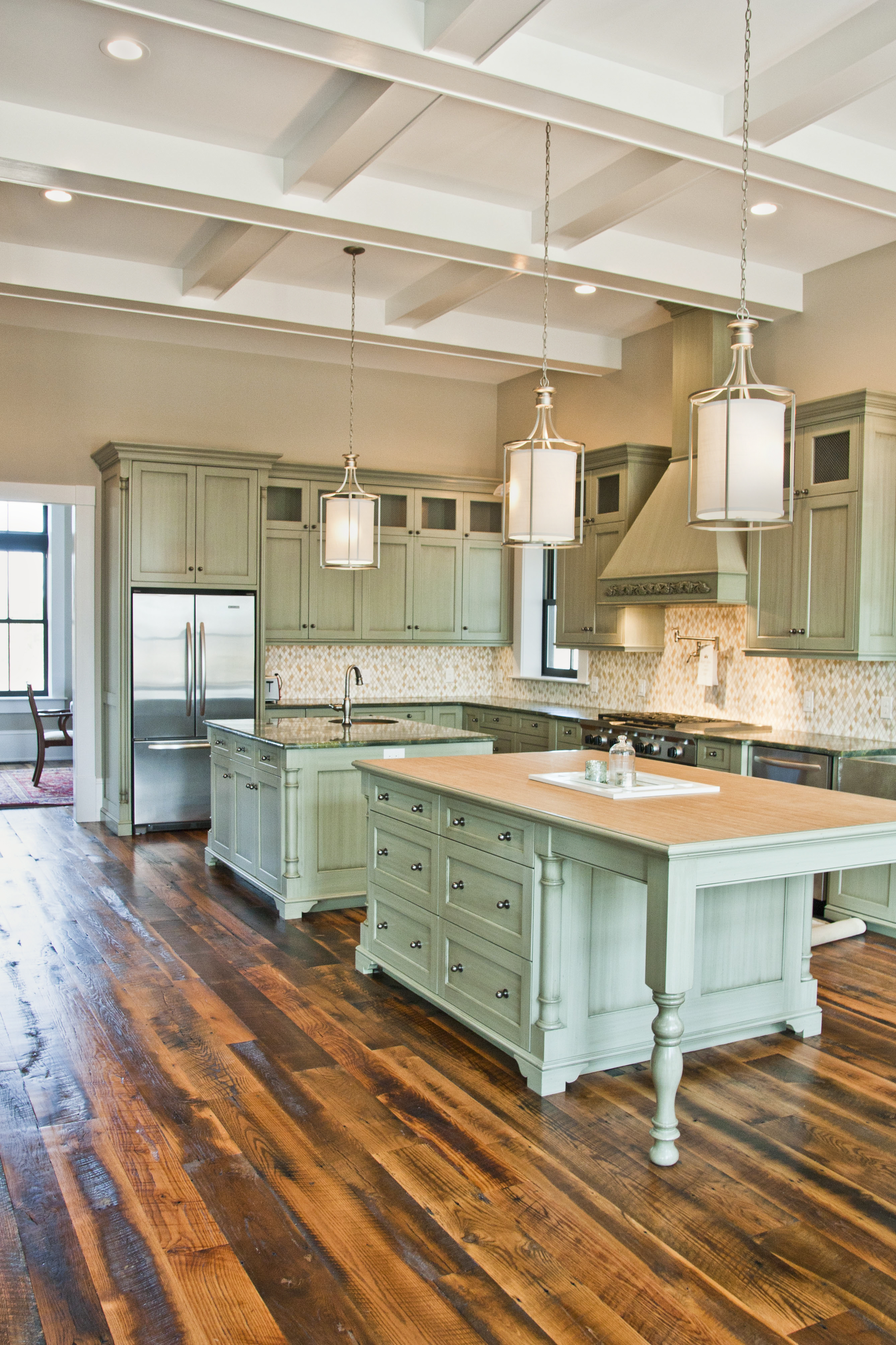
Grand Doorways and Beyond
These modifications are often a common part of design that you may not even notice unless you were paying attention or it was helping with your specific need. One such example is bigger doorways that allow wheelchairs and every size person to easily get through. Imagine too that you’re carrying a large platter of food for dinner or moving a couch into your home. A wider doorway like the one pictured below accommodates these kinds of common activities too. Aging-In-Place is for everyone.
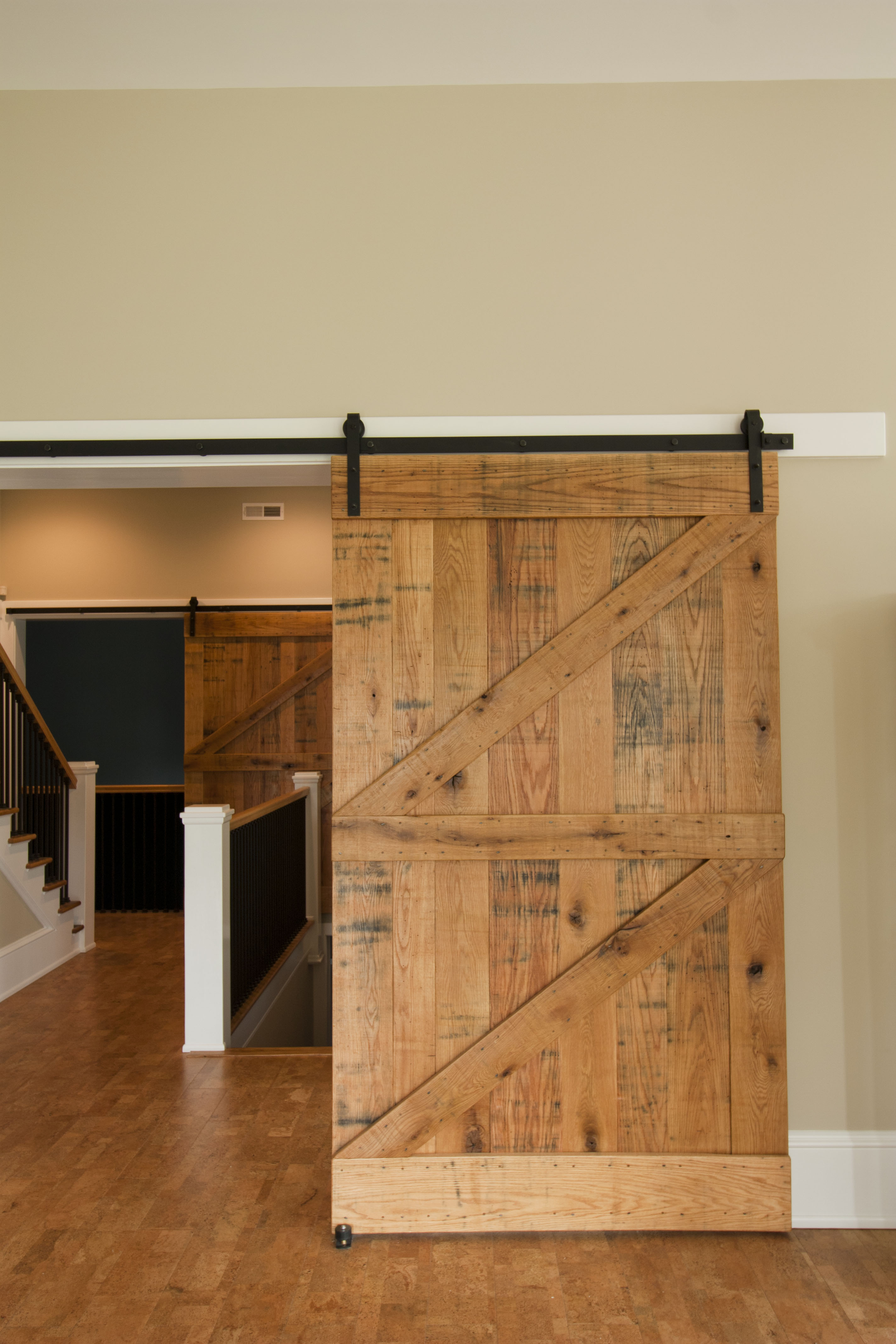
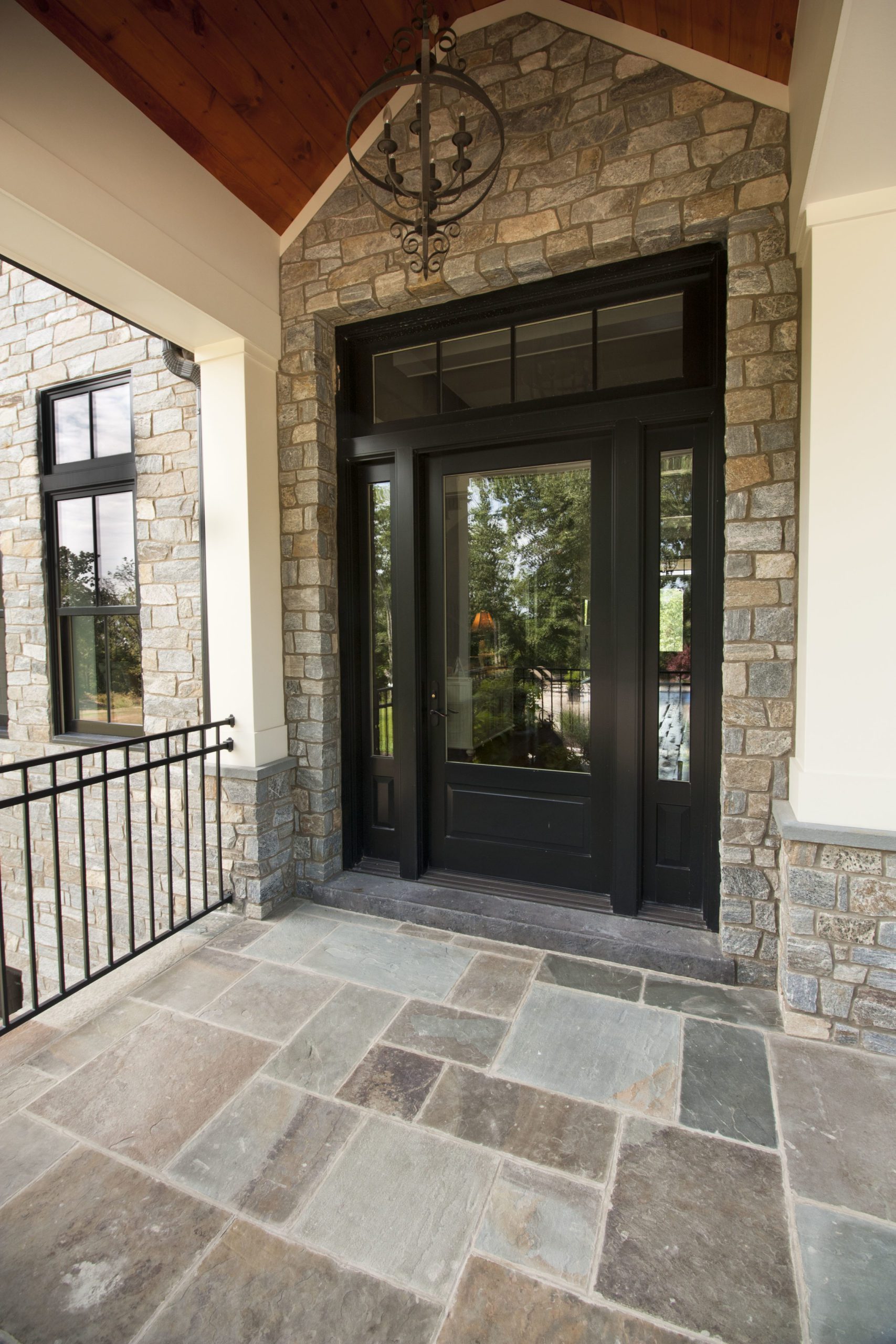
For more information on making a home aging friendly, see these links to a few professionals and experts that are right here in the Valley:
- Our blog has more resources and healthier, energy-efficient, and durable design tips, at www.thegainesgroup.com.
- VPAS where Charles is invited on occasion to speak on the topic.
- Amy Depoy, an licensed occupational therapist at Cardinal Care with over 25 years of experience.
- Gabby Koontz from Rendered Homes.




